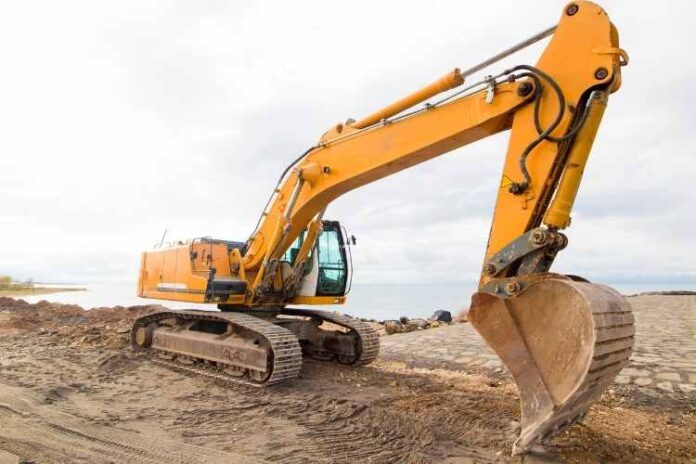The construction industry is one of the pillars of the United States economy. The sector employs almost eight million people and brings in $1.4 trillion annually.
That means there are thousands of construction sites at any time using various heavy equipment.
An excavator is one of the most important pieces of equipment on any construction site. When choosing the right machine for your project, you will see many different excavator types.
Keep reading for the complete excavator guide.
What Is an Excavator?
An excavator is a heavy vehicle used to move the earth on construction sites.
It often has a long arm with a big bucket that can dig out foundations or trenches. However, while the word “excavator” may lead you to think the machine’s main job is digging, it also can carry out other vital jobs.
Depending on the attachment used, an excavator can be used to:
- Demolish buildings
- Clear thick brush and overgrowth
- Drive piles into the ground
- Load and dump soil or other debris
- Grading a foundation or other surface
An excavator will have a revolving cabin, rotating tracks or wheels, and the typical arm, boom, and attachment.
They can be used for:
- Mining projects
- Road construction
- Building demolition
- Digging in the ocean
- Dredging rivers
- Forestry work
- Smaller home projects
The main difference between excavators is their size.
Different Excavator Sizes
Excavators come in different sizes to adapt to the project they are on. Larger construction projects will require greater amounts of earth to be lifted and moved. This will go much faster with a large machine.
A mini-excavator will weigh less than 13,227 pounds and is perfect for digging smaller holes or breaking down small walls or trees. They are also good in limited space. This could be a good option for a home improvement project such as building a swimming pool.
A medium-sized excavator will weigh a maximum of 22,046 pounds. This machine is ideal when your space is still tight, but you need a stronger excavator.
Most excavators are the bigger kind which can weigh up to 200,000 pounds for the largest earth moving projects. However, the standard weight is between 35,000 and 50,000 pounds.
Common Excavator Types
One of the main types of excavators is the crawler excavator. This machine is most popular for heavy construction jobs and is perfect for excavating holes and foundations.
The main feature of a crawler excavator is that it has rotating tracks like a military vehicle and not wheels. This allows it to rotate on its axis and work in a muddy area.
It is well suited for mining projects and work in uneven, hilly landscapes.
A wheeled excavator works much like a crawler excavator, but it has wheels instead of tracks. This allows them to move much faster. However, they are less useful in muddy and hilly areas.
Some of the biggest machines are dragline excavators, which use a hoist rope system. They can be so big that they often need to be assembled on the project site.
A dragline excavator is perfect for mining projects or for excavating underwater. Skid steers excavators are perfect for clearing a site or removing debris in a small space.
A suction excavator is fitted with a suction pipe that first pushes water into the ground before it sucks up soil and debris. This is useful for delicate, underground jobs.
The most powerful type of excavator is a hydraulic shovel commonly used for mining projects. This is a huge excavator, which is only useful on specific projects.
In a hard-to-reach site, you can use a long-reach excavator with a longer arm and boom.
You can rent excavators from heavy equipment experts like the Stone Equipment Company.
How to Choose the Right Excavator?
When choosing a suitable excavator, you need to consider the type of project, how far you will dig, and how high it needs to reach.
There are excavator types available for any construction project.
If you enjoyed this article, have a look at our other construction and lifestyle blogs.


